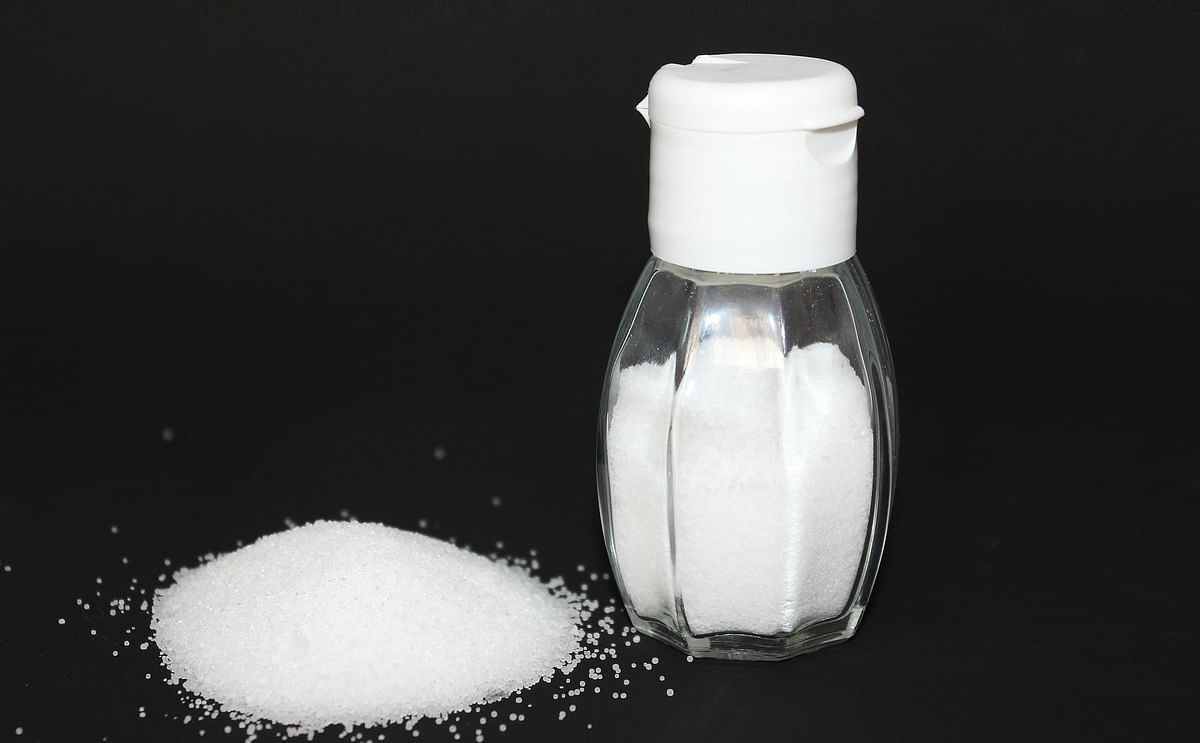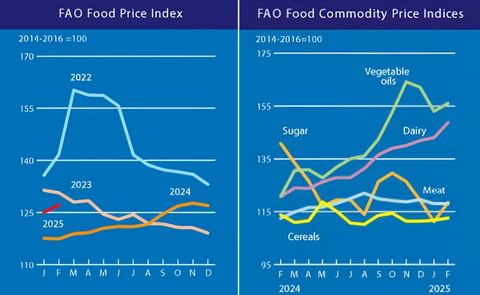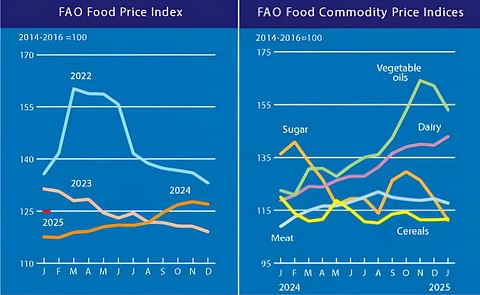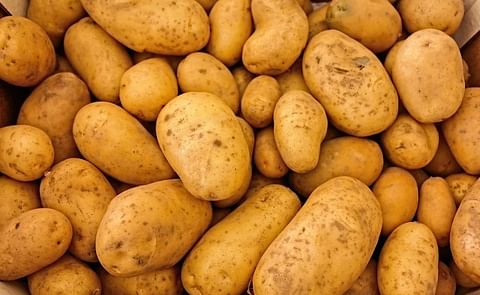Salt shaker
Crackdown on salt could save U.S. billions

Eating too much salt is a major cause of high blood pressure, which the Institute of Medicine, one of the National Academies of Sciences, last week declared a "neglected disease"that costs the U.S. health system $73 billion a year.
Several governments are looking for solutions to curb salt intake as a way to head off future heart attacks and strokes that help drain healthcare systems.
The study by a team at the Stanford University School of Medicine and the Veterans Affairs Palo Alto Health Care System in California used a computer model to measure the impact of two different scenarios for reducing salt intake on a population level -- a voluntary collaboration with the U.S. food industry and a national tax on salt.
They found the voluntary program, based on a similar salt-reduction campaign in Britain, to be the most effective.









